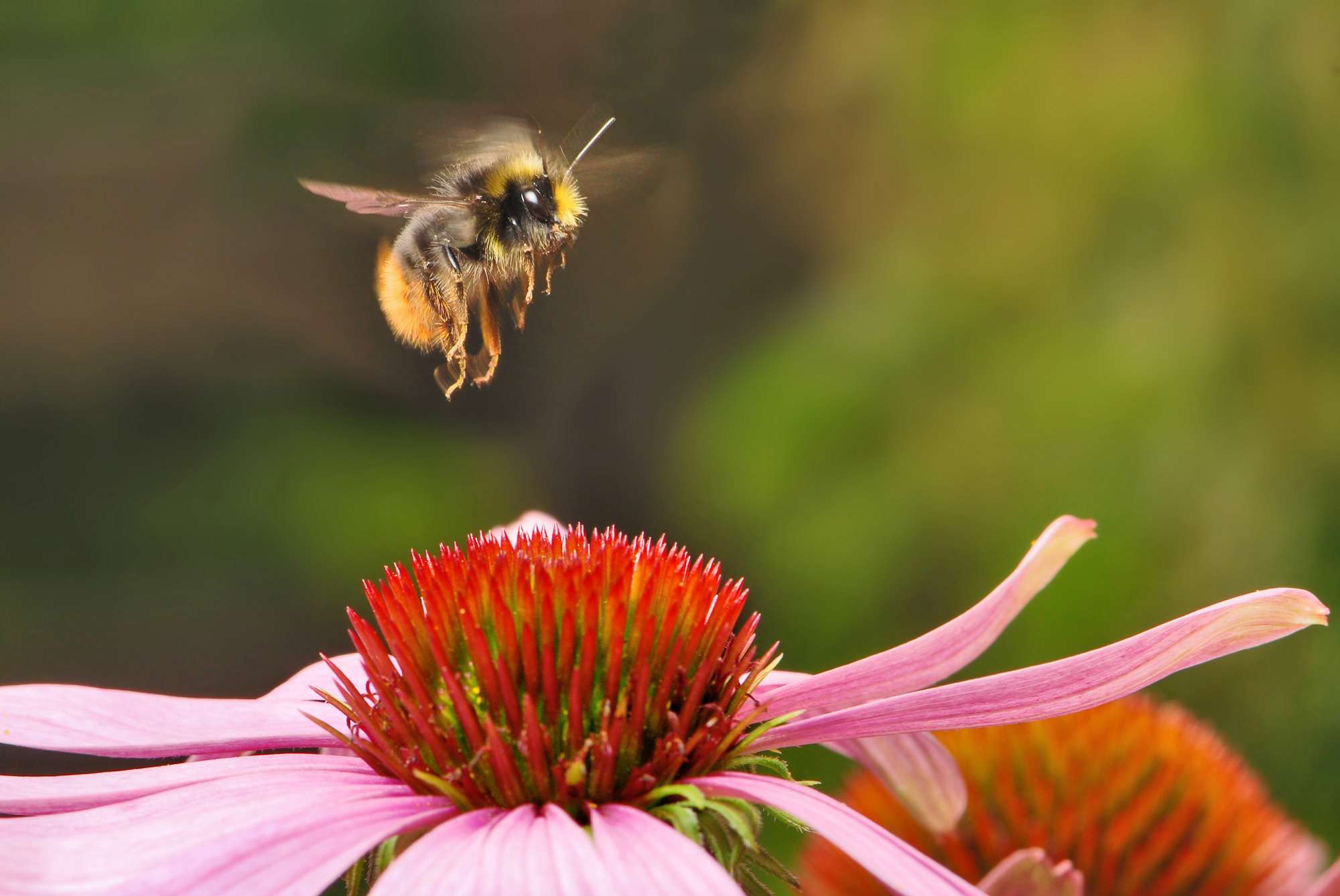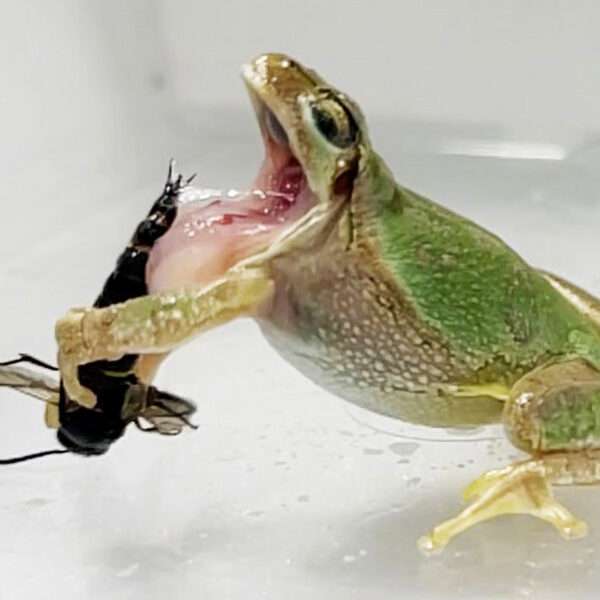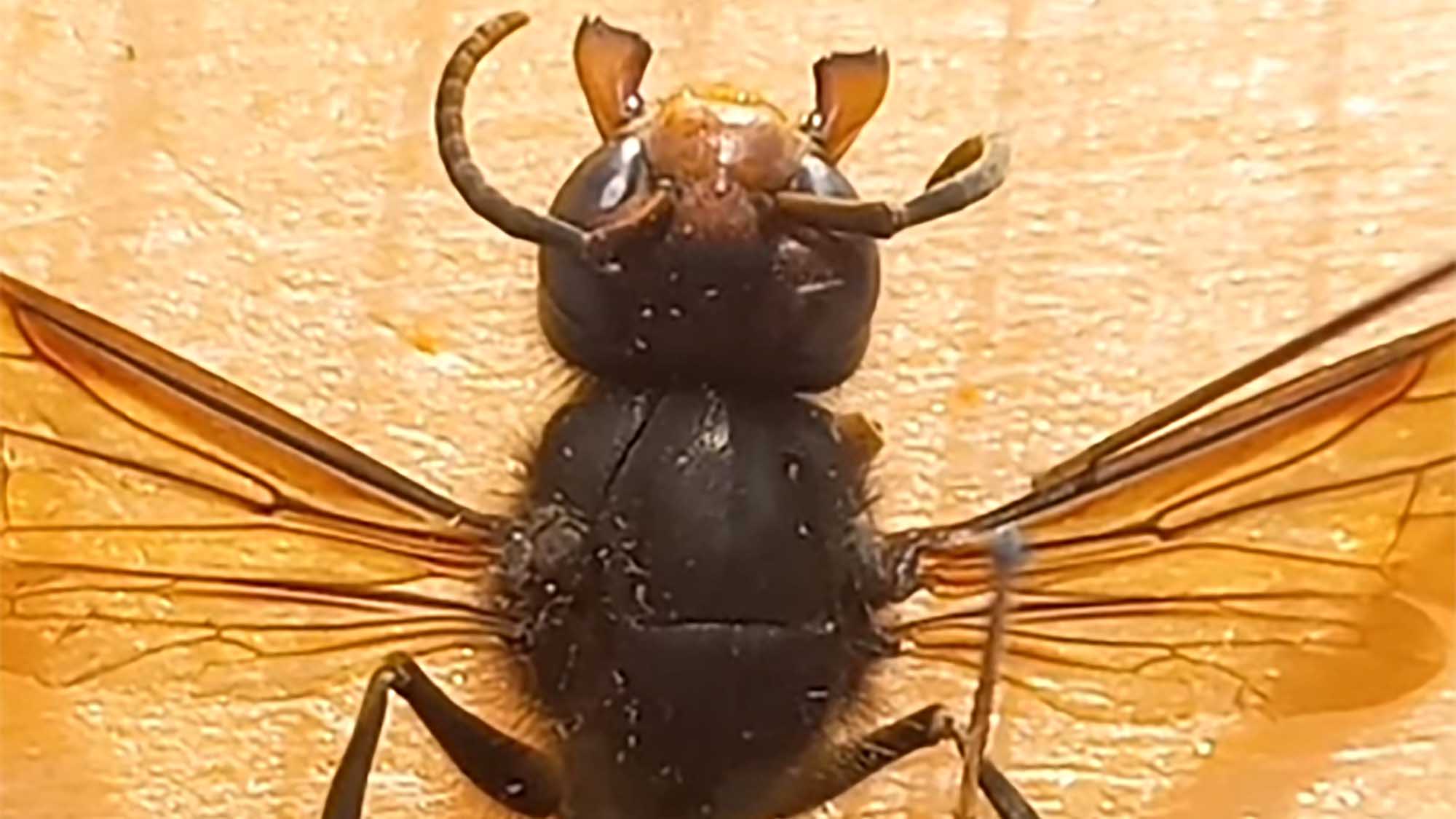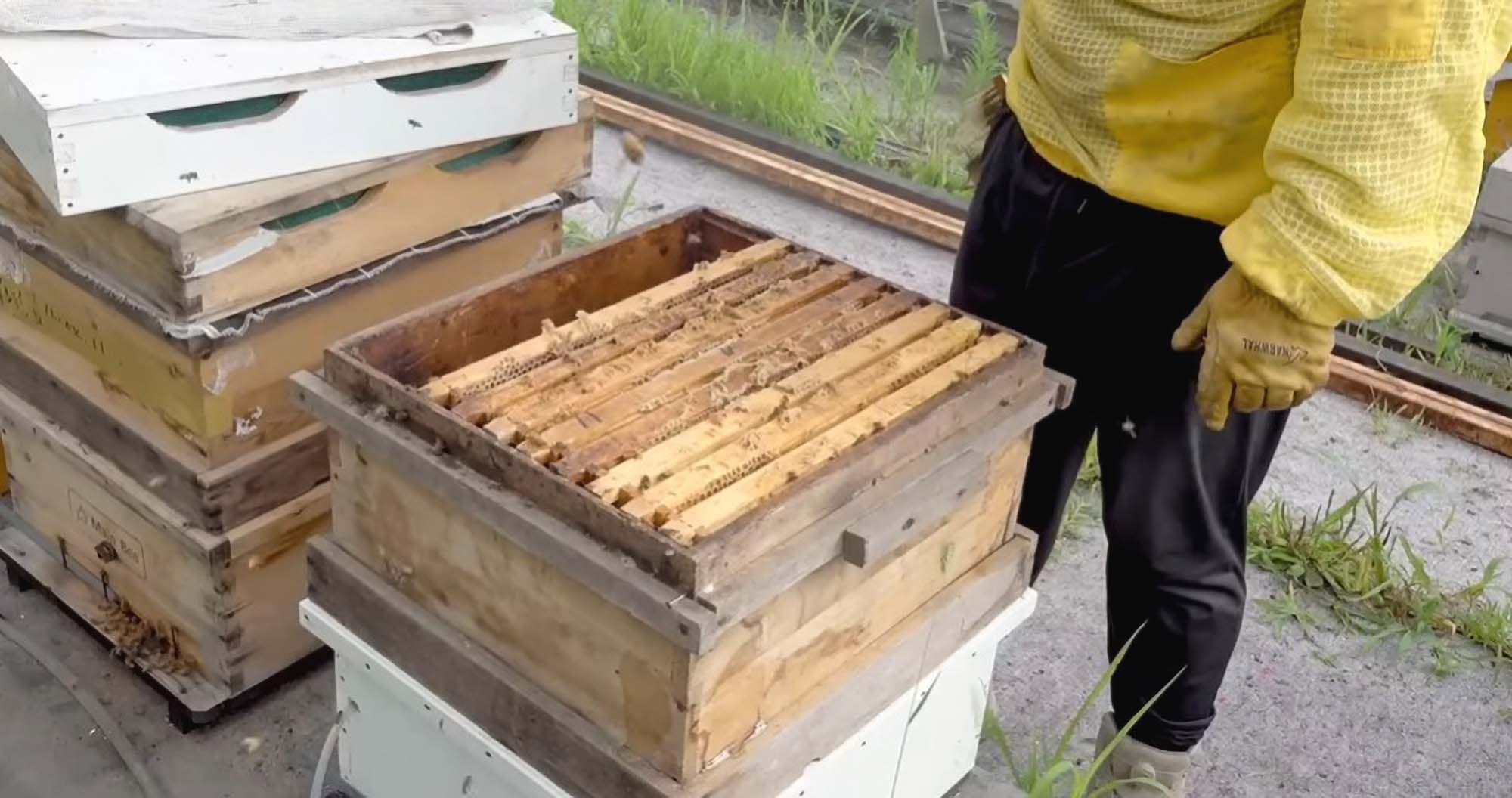Entomologists have disclosed how the application of carbon dioxide influences the reproduction of bumblebees in a groundbreaking investigation.
While many beekeepers are puffing clouds of CO2 into a hive to calm the colony, scientists apply the substance to sedate various insects. However, little is known about the substance’s other effects on insects.
A team of researchers headed by Prof Etya Amsalem from Pennsylvania State University (Penn State) aimed at finding out how carbon dioxide seems to bridge the hibernation period of bumblebees to trigger the queens’ reproductive process.
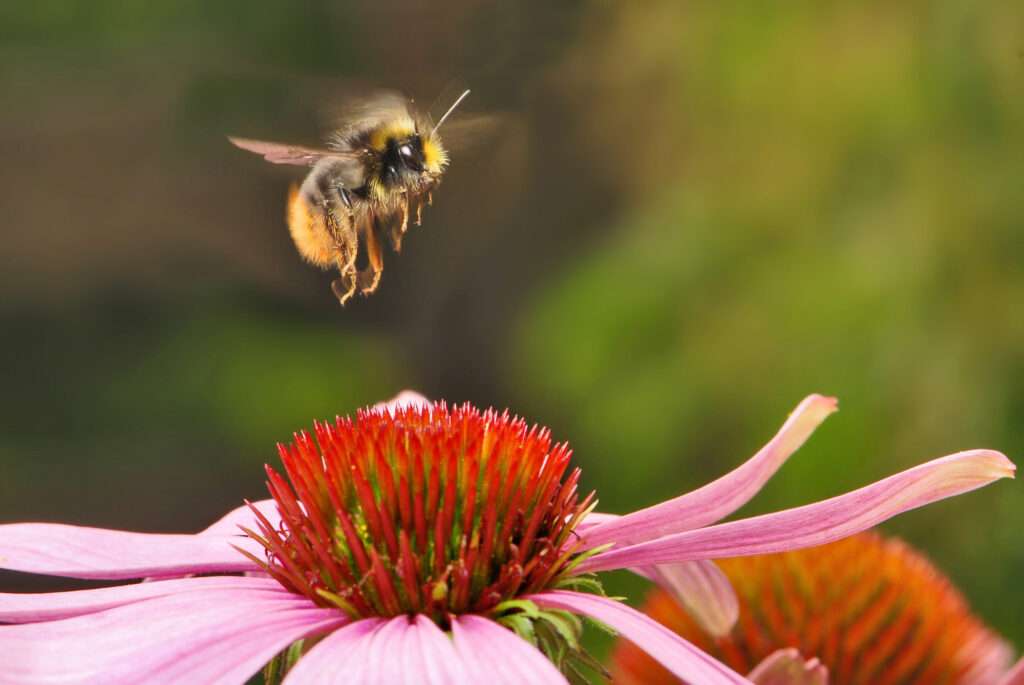
The entomologists found that CO2 first induced a change in metabolism which then triggered secondary effects on reproduction.
The experts published their study – which stands in drastic contrast to previously determined hypotheses – in Insect Biochemistry and Molecular Biology, a scientific journal.
Prof Amsalem – who researches at Penn State’s College of Agricultural Sciences – said: “Previously, it was believed that CO2 directly affected reproduction, but this study is some of the first evidence showing this is likely not the case.
“We found that CO2 changes the way macronutrients are stored and reallocated in the body. The fact that the reproductive process is then kickstarted is just an artefact of these processes.”
There are more than 250 different bumblebee species in the world. Like other insects, they have suffered a decline in population due to climate change, the application of pesticides and construction-induced habitat loss.
Since bumblebees are busy pollinators, they play an important role in ensuring balanced ecosystems. A colony can consist of between 50 to 400 animals and a queen.
Bumblebees collect nectar. However, they do not convert it into honey. Their small nests are active between spring and autumn.
The colonies die in late fall while new queens hibernate during winter in small holes just beneath the surface to establish another colony during springtime.
Bumblebees are mainly found in higher altitudes or latitudes in the Northern Hemisphere. However, South America is also one of their habitats, according to a fact sheet compiled by US American broadcaster PBS.
For their study, the scientists carried out a two-phase experiment.
Firstly, they wanted to better understand the physiological effects of carbon dioxide on bumblebee queens.
The insects were split into two groups. While one collection remained untreated, the other got exposed to CO2.
The experts examined the bumblebees right after the treatment as well as three and 10 days later.
Each time, they investigated the ovaries and measured macronutrient concentrations in several tissues to determine any kind of changes to their metabolism.
Prof Amsalem explained: “The queens treated with CO2 exhibited higher levels of ovarian activation than untreated ones. Treated queens also experienced a shift in macronutrient allocation, with fewer lipids in the organ known as the ‘fat body’ and greater glycogen (a stored form of glucose) and protein in their ovaries.”
Prof Amsalem and her colleagues then used CO2 to treat two additional groups of queens to establish how carbon dioxide affects metabolism and reproduction.
While one group had their ovaries removed, the other one had been treated with a juvenile hormone antagonist.
According to the scientists, this antagonist reduces the levels of juvenile hormone which regulates reproduction and accelerates metabolism in bumblebees.
The scientists assumed that this substance was important to the way carbon dioxide could affect the insects’ physiology.
This time, they found that the bumblebees which had their ovaries removed experienced a similar change in macronutrients to bees in the control group which still had their ovaries.
This suggests that carbon dioxide first affects the metabolism since those insects which did not have their reproductive organs anymore experienced the same effect.
Furthermore, bumblebees which had been treated with the juvenile hormone inhibitor did not exhibit these metabolic effects. This suggests the role of this hormone in mediating the effects of carbon dioxide.
According to the researchers, the findings are fundamentally important when it comes to trying to understand how CO2 exposure affects any kind of insect.
Prof Amsalem concluded: “CO2 has many different impacts on insects, so as scientists we’re trying to find an effect they all have in common so we can find the precise process or mechanism that is creating these effects.”

